Too hot, too dry.
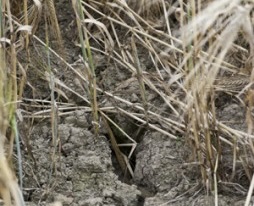
The UK has experienced some of the highest temperatures ever recorded in recent weeks, and in some parts of the country this has coincided with very low levels of rainfall. It was the driest July on record for East Anglia, southeast and southern England, according to provisional statistics from the Met Office. July was also the first time the UK exceeded temperatures of 40°C: on 19 July during an intense heatwave.
These conditions are not without their effects on wildlife. Whilst warmth can accelerate plant growth and development, and also speed up insect life cycles, but the recent very high temperatures have significant effects, for example:
Drying of the soil
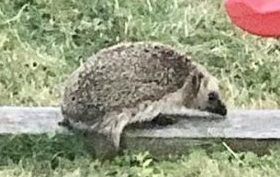 As the soil dries, so earthworms burrow down deeper. Insects, woodlice, spiders, etc avoid the surface of soil, hiding in litter so birds like song thrushes, robins and blackbirds struggle to find something to eat. Consequently, they are less likely to produce a second brood of chicks. This scarcity of invertebrates also affects ground feeding mammals, like hedgehogs (and badgers in more rural locations).
As the soil dries, so earthworms burrow down deeper. Insects, woodlice, spiders, etc avoid the surface of soil, hiding in litter so birds like song thrushes, robins and blackbirds struggle to find something to eat. Consequently, they are less likely to produce a second brood of chicks. This scarcity of invertebrates also affects ground feeding mammals, like hedgehogs (and badgers in more rural locations).
Wetland areas dry out; for example grazing pasture that floods in winter - like the Ouse Washes. This makes it difficult for birds to find food.
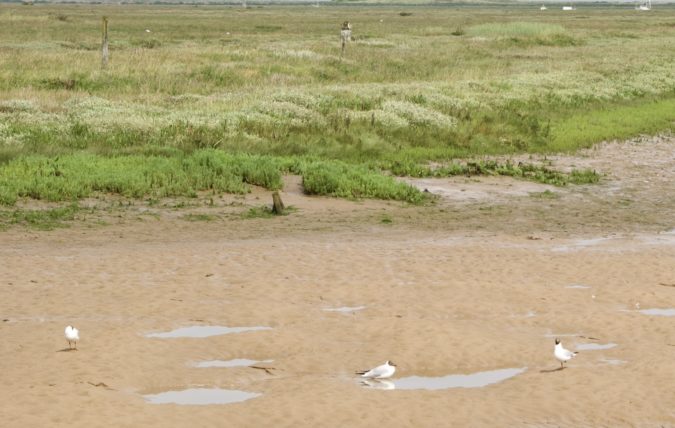
Lack of water for plant growth
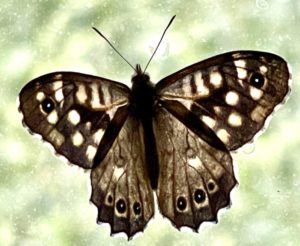 Reduced rainfall and high rates of evaporation from the soil (and plants) mean that there is considerably less water available for plant growth. The growth of leaves is reduced so that there is less material for caterpillars and other insects to eat. With fewer leaves , there are also reduced surfaces for butterflies and other insects to lay eggs.
Reduced rainfall and high rates of evaporation from the soil (and plants) mean that there is considerably less water available for plant growth. The growth of leaves is reduced so that there is less material for caterpillars and other insects to eat. With fewer leaves , there are also reduced surfaces for butterflies and other insects to lay eggs.
High temperatures
High temperatures and lack of water can affect many animals (including us). Rivers are running at very low levels and some have more or less disappeared. DEFRA’s latest assessment of principal salmon rivers, such as the River Test shows that 74% of rivers in England are now ‘at risk’. The Environment Agency has noted the flow rate in the Waveney as 'exceptionally low', while other rivers in East Anglia like the Great Ouse the Yare, and the Little Ouse are described as 'notably low'.
The young of birds like swallows and swifts are at risk of fatal overheating (the young and old of various species are often more susceptible to heat stress). Bumblebees cannot forage at high temperatures. Their bodies are covered with ‘hairy coats’ so they can fly when it is cool; but these become a burden in hot spells.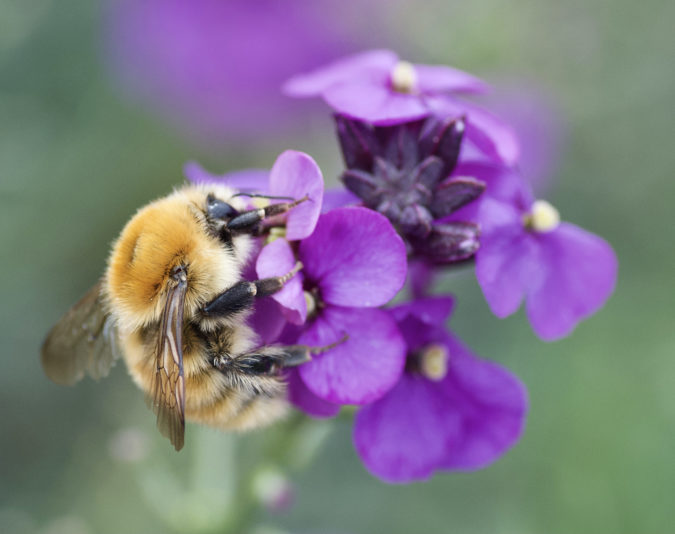 High temperatures also shorten flowering time, and hence the availability of pollen and nectar for pollinators (bees, bumblebees, overflies, butterflies).
High temperatures also shorten flowering time, and hence the availability of pollen and nectar for pollinators (bees, bumblebees, overflies, butterflies).
Wild fires.
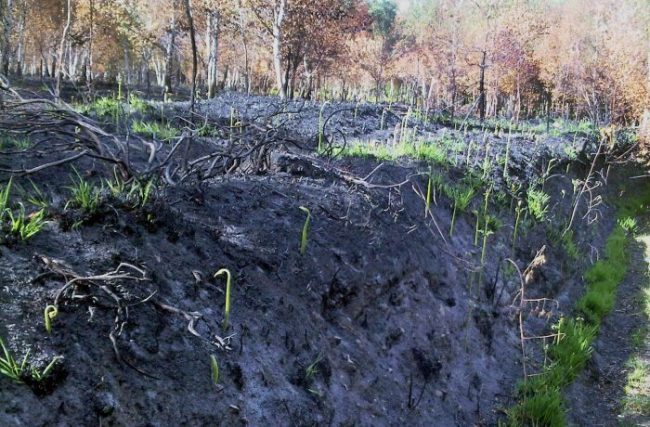
Woodland recovering from a fire
High temperatures increase the risk of wild fires, especially on moorland and heathland. These fires can spread quickly and over wide areas. Young chicks (e.g. Dartford Warblers), eggs, snakes, lizards, small mammals, dragonflies and butterflies are lost. Accumulated nutrients and stored carbon are lost from the ecosystems.
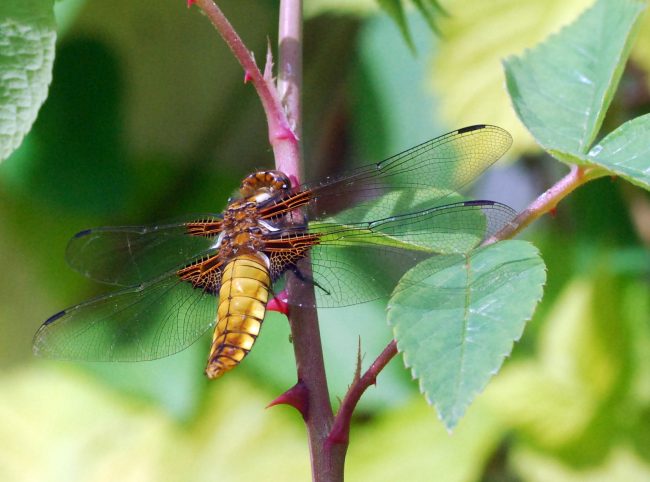
The site of Springwatch Wild Ken Hill in coastal Norfolk suffered an intense fire during the recent hot spell. The area is home to turtle doves, the grasshopper warbler and other rare birds. It is hoped that most escaped but mammals, reptiles and amphibians, late-nesting and juvenile birds may not have fared well. Grassland and woodland fires have also been reported at various sites across the country. The UK is not alone in facing these problems, Spain, Italy, Portugal, Greece, France and Germany have all lost many thousands of hectares to wildfires.
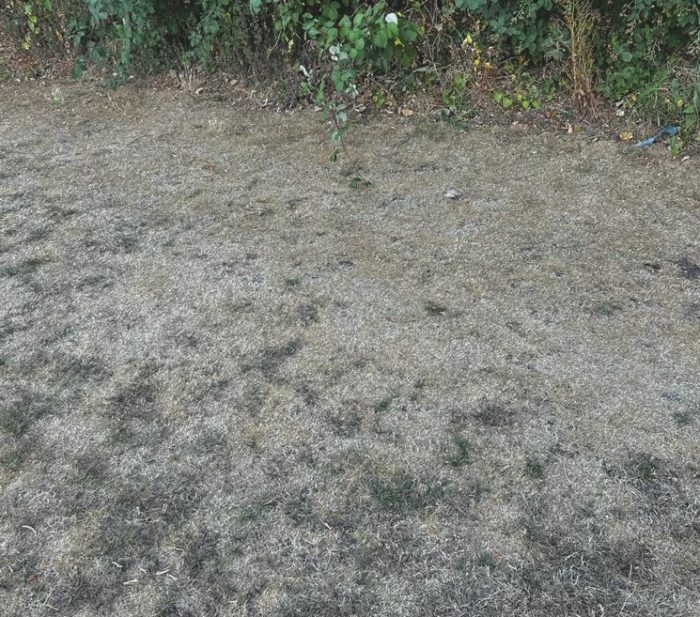
what was once was grass .....
Comments are closed for this post.

Thank you for your post, it ties everything together well and explains the story of how hot and dry extremes can devastate biodiversity.
What happens next year when there is a smaller population of birds to visit and eat pests?
Or there is less food again for the mammals?
Or the pollinators are in too few numbers to pollinate the plants?
How could this lead to a downward spiral in our ecosystems and the knock on impacts on our ability to produce food / necessary biological resources?
Ash Goddard
8 August, 2022